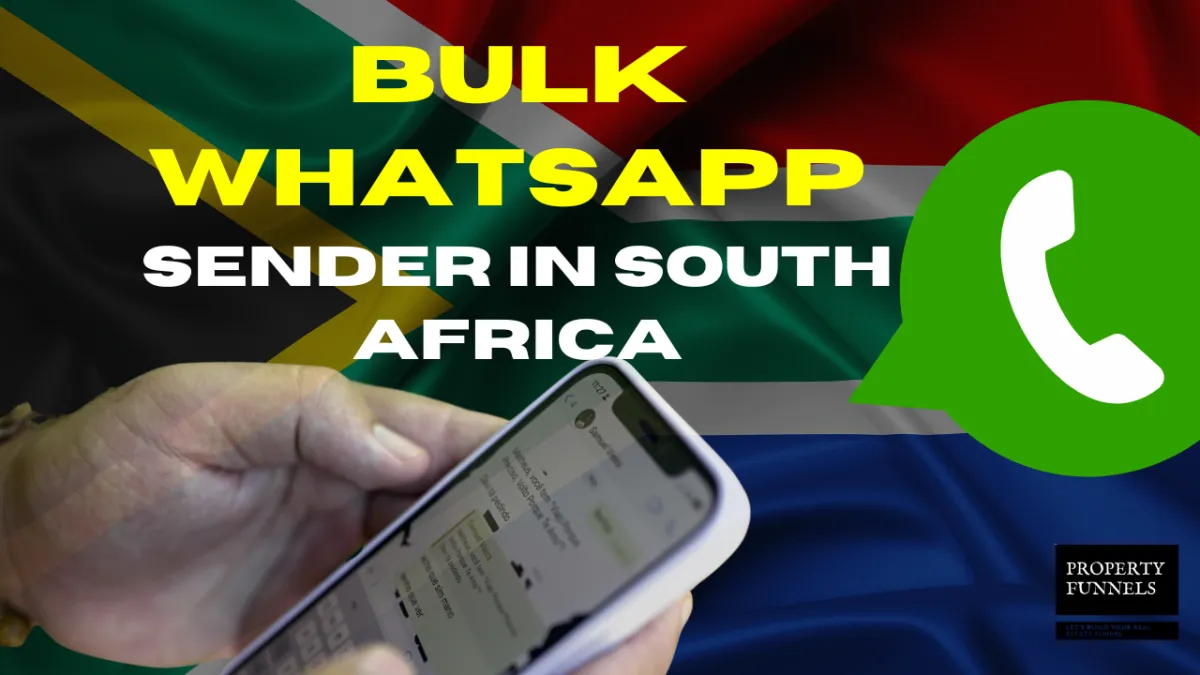How to Use Market Timing Data to Win More Listings (Zero Ad Spend)
Unlock listing opportunities already in your database. Learn how market timing data and Cherry Pick’s predictive insights help agents win more mandates with zero ad spend.

Unlock listing opportunities already in your database. Learn how market timing data and Cherry Pick’s predictive insights help agents win more mandates with zero ad spend.

Stop losing mandates because you went silent. Property Funnels automates birthday and home-anniversary messages via WhatsApp and email to keep you top-of-mind all year.

Uncover hidden sellers with predictive listing intelligence. Cherry Pick uses AI to score your database, identify future sellers and reveal high-value listing opportunities.

Send thousands of WhatsApp messages safely with a Meta-approved bulk sender. Property Funnels offers fast bulk messaging, automation and AI tools for South African businesses.
Want to follow us on Facebook and Instagram? Click on the links to follow our journey!

Copyright© 2025 Property Funnels. All Rights Reserved. Made with ❤ in South Africa